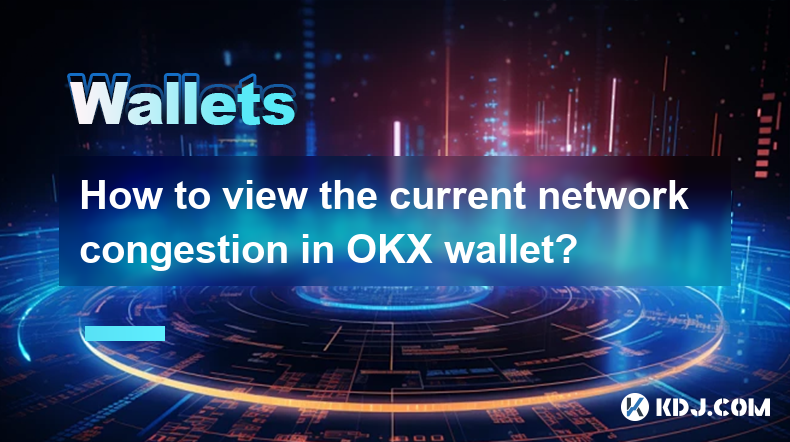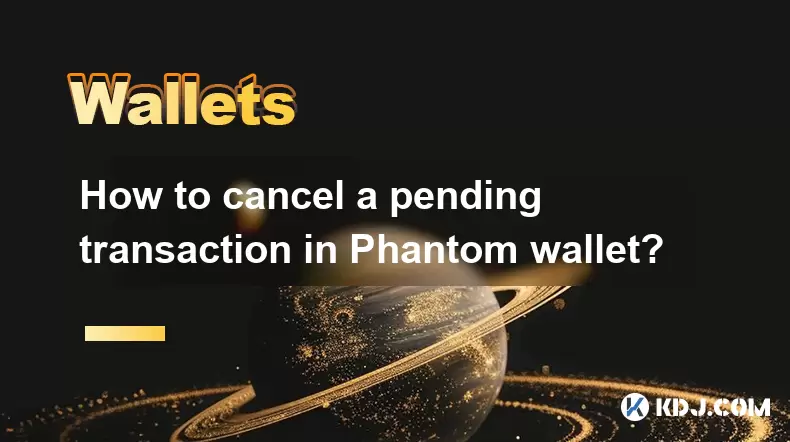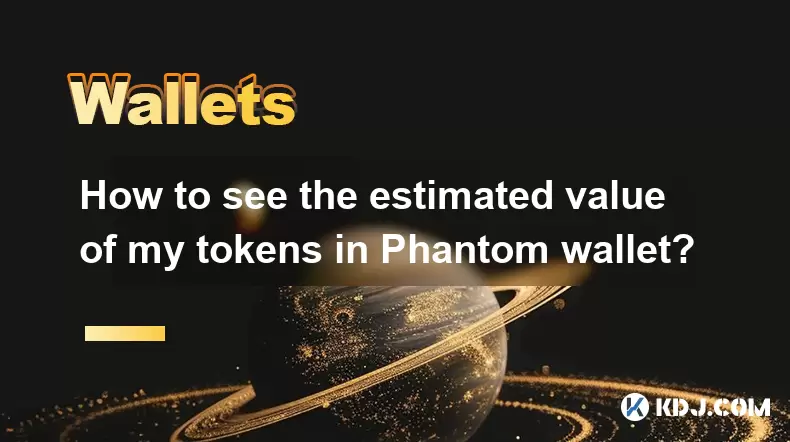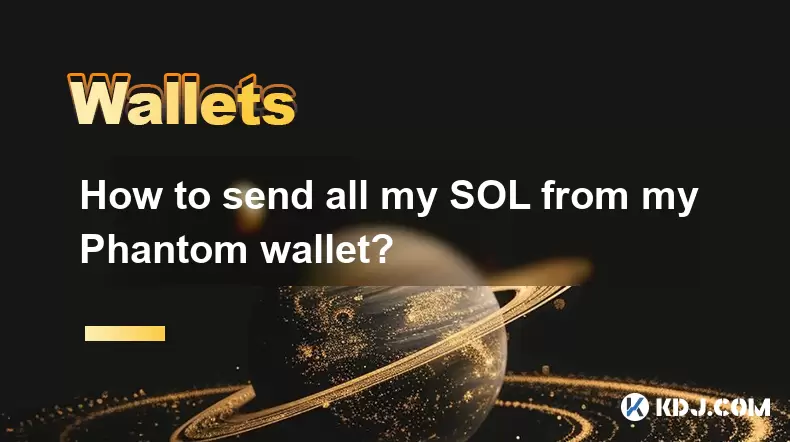-
 Bitcoin
Bitcoin $108,250.0992
0.11% -
 Ethereum
Ethereum $2,515.9404
0.03% -
 Tether USDt
Tether USDt $1.0003
0.00% -
 XRP
XRP $2.2166
-0.19% -
 BNB
BNB $656.5904
0.29% -
 Solana
Solana $147.4122
-0.58% -
 USDC
USDC $1.0000
-0.01% -
 TRON
TRON $0.2830
0.06% -
 Dogecoin
Dogecoin $0.1641
0.27% -
 Cardano
Cardano $0.5739
-0.19% -
 Hyperliquid
Hyperliquid $39.1463
-0.11% -
 Sui
Sui $2.8882
-0.02% -
 Bitcoin Cash
Bitcoin Cash $487.6428
0.31% -
 Chainlink
Chainlink $13.2097
0.07% -
 UNUS SED LEO
UNUS SED LEO $9.0308
0.10% -
 Avalanche
Avalanche $17.8608
0.13% -
 Stellar
Stellar $0.2379
-0.06% -
 Toncoin
Toncoin $2.7400
-0.39% -
 Shiba Inu
Shiba Inu $0.0...01144
-0.36% -
 Litecoin
Litecoin $87.5467
0.66% -
 Hedera
Hedera $0.1538
0.22% -
 Monero
Monero $315.5479
0.36% -
 Dai
Dai $1.0000
0.00% -
 Polkadot
Polkadot $3.3523
-0.71% -
 Ethena USDe
Ethena USDe $1.0003
0.01% -
 Bitget Token
Bitget Token $4.3960
-1.03% -
 Uniswap
Uniswap $7.2663
4.19% -
 Aave
Aave $272.8619
2.04% -
 Pepe
Pepe $0.0...09676
-0.18% -
 Pi
Pi $0.4586
-2.87%
How to view the current network congestion in OKX wallet?
OKX Wallet lacks a congestion meter; monitor transaction fees and confirmation times to gauge network status. Higher fees and longer times indicate congestion; use blockchain explorers for more details.
Mar 20, 2025 at 10:28 pm

Key Points:
- OKX doesn't directly display a network congestion meter for its wallet. Congestion is inferred from transaction speeds and fees.
- Observing transaction fees is the most reliable indicator of network congestion. Higher fees generally mean higher congestion.
- Transaction confirmation times provide another metric. Longer confirmation times usually signify network congestion on the relevant blockchain.
- Using blockchain explorers can offer additional insights into network activity.
- Different blockchains used within the OKX wallet (e.g., Bitcoin, Ethereum) will have independent congestion levels.
How to View the Current Network Congestion in OKX Wallet?
OKX Wallet, like many other cryptocurrency wallets, doesn't provide a single, readily visible "network congestion" indicator. Instead, you need to infer congestion levels through observing various metrics related to transaction processing. This is because network congestion is a complex phenomenon affecting the underlying blockchain networks, not just the wallet itself.
The most straightforward method is to monitor transaction fees. When a blockchain network is congested, miners (or validators) demand higher fees to process transactions quickly. High transaction fees are a strong indication of high network congestion. Within the OKX Wallet, check the fee estimations before confirming a transaction. Noticeably higher-than-usual fees are a red flag. You may need to wait for a less congested period or increase the fee to expedite your transaction.
Another crucial indicator is transaction confirmation times. A congested network takes significantly longer to confirm transactions. While OKX Wallet might show the status of your transaction (pending, confirmed, etc.), the time taken for confirmation provides a clear picture. If you're experiencing unusually long confirmation times, it suggests network congestion on the blockchain used for that particular transaction. For example, a Bitcoin transaction during a period of high network activity will take longer than usual to confirm.
While OKX Wallet doesn't directly show network metrics, using third-party blockchain explorers can significantly help. These explorers provide detailed information about the specific blockchain's status. For example, if you're sending Bitcoin, you can use a Bitcoin explorer (like Blockchain.com explorer or BlockCypher) to view current transaction fees, block times, and the overall network's activity. Similarly, for Ethereum transactions, Etherscan is a valuable resource. These explorers provide a more comprehensive view of the network's health and congestion levels than what's directly available within the OKX wallet interface.
Remember that OKX Wallet supports multiple cryptocurrencies, each operating on its own blockchain. Therefore, congestion levels vary significantly depending on the cryptocurrency you are using. Bitcoin's network might be congested while Ethereum's is relatively clear, or vice versa. Always consider the specific blockchain when assessing network congestion. Before initiating a transaction, research the current state of the relevant blockchain's network to avoid delays and excessive fees. This is crucial for informed decision-making.
Understanding that different blockchains have varying degrees of congestion is vital. Factors like the number of active users, block size limitations, and ongoing network upgrades influence congestion levels. Some blockchains are inherently more susceptible to congestion than others due to their design and architecture. Knowing these factors allows for better anticipation of potential delays and appropriate fee adjustments.
Network congestion is a dynamic situation. The level of congestion fluctuates constantly depending on several factors, including the time of day, overall network activity, and major events within the cryptocurrency ecosystem. Being aware of these fluctuations is key to managing your transactions effectively within the OKX Wallet. Regularly checking fee estimations and transaction confirmation times helps maintain awareness of the current network conditions.
To further understand the nuances of network congestion, consider the size of the transaction. Larger transactions often require more processing power, potentially leading to longer confirmation times, especially during periods of high congestion. Additionally, the complexity of a transaction can also contribute to delays. Smart contracts, for instance, can be more resource-intensive than simple transfers.
Another factor to consider is the type of transaction. Transactions involving large amounts of cryptocurrency may experience longer processing times due to the increased scrutiny and security measures involved. These larger transactions can also contribute to higher overall network congestion. Being aware of these factors can help you better manage your expectations when initiating transactions.
It's crucial to remember that predicting network congestion with absolute precision is challenging. While monitoring fees and confirmation times provides valuable insights, unexpected surges in network activity can still occur. Staying informed about major events in the cryptocurrency world can help anticipate potential periods of increased congestion.
Frequently Asked Questions:
Q: Does OKX Wallet have a built-in congestion indicator?
A: No, OKX Wallet doesn't directly display a network congestion meter. Congestion must be inferred from transaction fees and confirmation times.
Q: How can I minimize the impact of network congestion on my transactions?
A: Increase transaction fees to incentivize quicker processing or schedule your transactions during periods of lower network activity. Using a third-party blockchain explorer to check the network's current status is also helpful.
Q: What factors contribute to network congestion on cryptocurrencies?
A: High user activity, large transaction sizes, block size limitations, and network upgrades are all factors that contribute to network congestion. Each blockchain has its own unique characteristics that impact its susceptibility to congestion.
Q: Are there any alternative wallets that provide better network congestion indicators?
A: While many wallets don't offer a direct congestion indicator, some may provide more detailed transaction status information. However, the underlying blockchain's congestion remains the primary factor impacting transaction speed.
Q: How often should I check for network congestion before sending a transaction?
A: Before every transaction, especially if it's a large or time-sensitive one. It's a good practice to regularly monitor fees and confirmation times to stay informed about network conditions.
Disclaimer:info@kdj.com
The information provided is not trading advice. kdj.com does not assume any responsibility for any investments made based on the information provided in this article. Cryptocurrencies are highly volatile and it is highly recommended that you invest with caution after thorough research!
If you believe that the content used on this website infringes your copyright, please contact us immediately (info@kdj.com) and we will delete it promptly.
- XRP's Upside Potential: Analysts Bullish Despite Accessibility Concerns
- 2025-07-06 10:30:13
- Dubai Hotelier, Crypto Scam, and an Arrest in India: A Tangled Web
- 2025-07-06 10:30:13
- Bitcoin's Calm Before the Storm: ETF Inflows Surge Amidst Low Volatility
- 2025-07-06 10:50:13
- Crypto Capital Inflows: Why Qubetics, Ethereum, and SUI are Investment Coins to Watch
- 2025-07-06 10:50:13
- Bitcoin, Crypto, and Polymarket: Decoding the Crystal Ball
- 2025-07-06 11:15:22
- XRP Price Prediction: Can XRP Break the Weekly Downtrend?
- 2025-07-06 11:00:13
Related knowledge

How to cancel a pending transaction in Phantom wallet?
Jul 03,2025 at 07:21pm
Understanding Pending Transactions in Phantom WalletA pending transaction in the Phantom wallet occurs when a user initiates a transfer or interaction with the Solana blockchain, but it hasn't yet been confirmed by the network. This can happen due to various reasons such as low transaction fees, network congestion, or incorrect gas settings. It's import...

How to see the estimated value of my tokens in Phantom wallet?
Jul 04,2025 at 12:21am
What is Phantom Wallet?Phantom wallet is one of the most popular cryptocurrency wallets designed for the Solana blockchain. It allows users to store, send, receive, and manage various tokens built on Solana, including SPL tokens and NFTs. The wallet offers a user-friendly interface, making it accessible for both beginners and advanced users in the crypt...

How to lock my Phantom wallet extension?
Jul 03,2025 at 11:14am
What Is the Phantom Wallet and Why Lock It?The Phantom wallet is a popular non-custodial cryptocurrency wallet designed for interacting with the Solana blockchain. Supporting both browser extensions and mobile apps, Phantom allows users to store, send, receive, and stake SOL tokens, as well as interact with decentralized applications (dApps). Securing y...

Does Phantom wallet offer two-factor authentication (2FA)?
Jul 03,2025 at 09:00am
Understanding Phantom Wallet and Its Security FeaturesPhantom wallet is a widely used non-custodial cryptocurrency wallet that supports the Solana blockchain. It allows users to store, send, receive, and interact with decentralized applications (dApps) seamlessly. As security is a top priority for any crypto wallet user, security features like two-facto...

How to send all my SOL from my Phantom wallet?
Jul 06,2025 at 10:00am
Preparing to Send SOL from Your Phantom WalletBefore initiating any transaction, it is crucial to ensure that your Phantom wallet is fully set up and connected to the correct network. Phantom supports multiple networks, but for sending SOL, you must be on the Solana blockchain. Confirm this by checking the network indicator in the top-right corner of th...

What is "rent" on Solana and how does it affect my Phantom wallet?
Jul 02,2025 at 08:35pm
Understanding 'Rent' on SolanaIn the context of Solana, the term 'rent' refers to a storage fee that users pay for maintaining data on the blockchain. Unlike Ethereum, where storage costs are paid once via gas fees during contract deployment, Solana implements a recurring cost model to ensure efficient usage of network resources. This means that any acc...

How to cancel a pending transaction in Phantom wallet?
Jul 03,2025 at 07:21pm
Understanding Pending Transactions in Phantom WalletA pending transaction in the Phantom wallet occurs when a user initiates a transfer or interaction with the Solana blockchain, but it hasn't yet been confirmed by the network. This can happen due to various reasons such as low transaction fees, network congestion, or incorrect gas settings. It's import...

How to see the estimated value of my tokens in Phantom wallet?
Jul 04,2025 at 12:21am
What is Phantom Wallet?Phantom wallet is one of the most popular cryptocurrency wallets designed for the Solana blockchain. It allows users to store, send, receive, and manage various tokens built on Solana, including SPL tokens and NFTs. The wallet offers a user-friendly interface, making it accessible for both beginners and advanced users in the crypt...

How to lock my Phantom wallet extension?
Jul 03,2025 at 11:14am
What Is the Phantom Wallet and Why Lock It?The Phantom wallet is a popular non-custodial cryptocurrency wallet designed for interacting with the Solana blockchain. Supporting both browser extensions and mobile apps, Phantom allows users to store, send, receive, and stake SOL tokens, as well as interact with decentralized applications (dApps). Securing y...

Does Phantom wallet offer two-factor authentication (2FA)?
Jul 03,2025 at 09:00am
Understanding Phantom Wallet and Its Security FeaturesPhantom wallet is a widely used non-custodial cryptocurrency wallet that supports the Solana blockchain. It allows users to store, send, receive, and interact with decentralized applications (dApps) seamlessly. As security is a top priority for any crypto wallet user, security features like two-facto...

How to send all my SOL from my Phantom wallet?
Jul 06,2025 at 10:00am
Preparing to Send SOL from Your Phantom WalletBefore initiating any transaction, it is crucial to ensure that your Phantom wallet is fully set up and connected to the correct network. Phantom supports multiple networks, but for sending SOL, you must be on the Solana blockchain. Confirm this by checking the network indicator in the top-right corner of th...

What is "rent" on Solana and how does it affect my Phantom wallet?
Jul 02,2025 at 08:35pm
Understanding 'Rent' on SolanaIn the context of Solana, the term 'rent' refers to a storage fee that users pay for maintaining data on the blockchain. Unlike Ethereum, where storage costs are paid once via gas fees during contract deployment, Solana implements a recurring cost model to ensure efficient usage of network resources. This means that any acc...
See all articles

























































































